With Covid-19, we all became a partner in the digital world. We spent the time when our events were accessible from digital platforms, the transfer of information faster than ever before, and we could do many things at once.
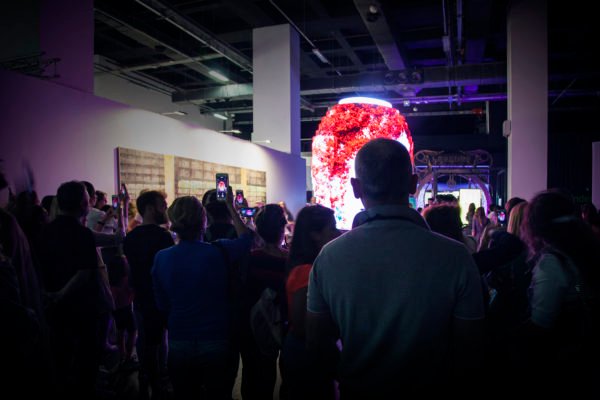
Could you tell us a little bit about yourself? And of course, how did you reveal your interest in art, can we listen to this story briefly?
I am an independent digital arts curator who works in the fields of technology, science and art. I focus on the fields as new media, data art, bio art, immersive space, Generative Art, software art, and I work with artists who concentrates on artificial intelligence, experience, and laboratory processes in these fields. My interest in art actually started in my high school years with the guidance of my family and continued at university. I studied at Yeditepe University with a full scholarship in Plastic Arts (Painting-Sculpture-Ceramic) and also in Art Management. Then, I started my postgraduate in Cultural Management at Bilgi University and I am currently continuing my education with a scholarship at the same university with a Master in Philosophy and Social Thought. In my work in this field, I explore the experience of Post-Human in Post-Digital period in the context of art. I have been one of the stakeholders of the art industry since 2011. I continued as a gallery assistant and gallery director in the field of contemporary art, and then proceeded as a museum and curator. Then I focused on digital arts with my interest in technology. In my research and studies in the field of digital arts, I am focusing on bringing technology, art and science together and establishing the link between technology, science and art based on philosophy.
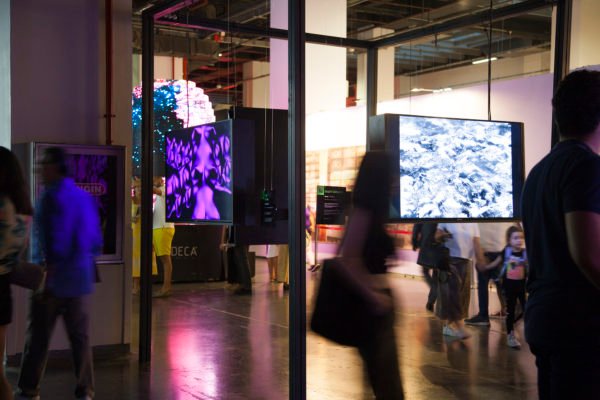 How does a Curator grow up, what equipment should a curator have?
How does a Curator grow up, what equipment should a curator have?
I think, a curator should have a good command of art history,culturepolitics,cultureandartmanagement, and understand communication well. As I progress in the field of digital arts, I closely follow the joint works in art, technology and its science additively.
You had a project called Fabrictale, which you prepared for UTIB, for the Heimtextil fair, and found great interest by the visitors? Could you tell us about this work you curated?
n the Fabrictale story, we talked about the transformation of a rope, which balances with life with its original attitude and discourse and reconnected to nature, into a sustainable fabric and a digital utopia created with contemporary art interpretation in home textiles. While conveying the journey of the sustainable understanding in the Turkish home textile industry into a product, at the same time, referencing to the technology of both the present and the future has been a subject that excited us.
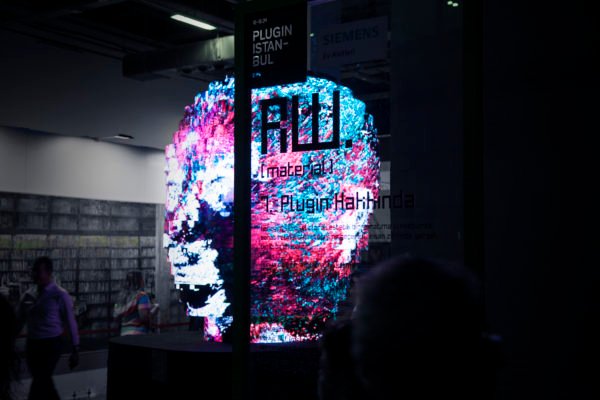 The fabrictale story, which reflects the current language of avant-garde designs, tells the identity of the design that directs the trends of the future with its trace left by the human touch and the effect that spreads around this trace. In addition, while explaining the transformation of the future with its language created with its contemporary interpretation, it is also a work with a dynamic and futuristic touch that feels belonging to the space and the equipment that forms the space.
The fabrictale story, which reflects the current language of avant-garde designs, tells the identity of the design that directs the trends of the future with its trace left by the human touch and the effect that spreads around this trace. In addition, while explaining the transformation of the future with its language created with its contemporary interpretation, it is also a work with a dynamic and futuristic touch that feels belonging to the space and the equipment that forms the space.
As a polyphonic team brought by being a multidisciplinary team, we brought fabrictale together with Artist Kerim Dündar, 3D Generalist Ege Irmak, Edit Turgay Şenol, Creative Director Arif Eker, UV Creative Team Vedat Akkuş, Seray Sezin Eker, Berat Kenanoğlu.
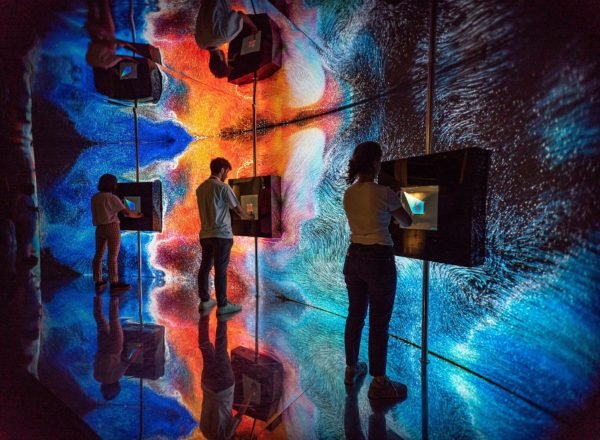
You have a saying as “While transfering to the journey of the sustainable understanding in the Turkish home textile industry into a product, it also refers to the technology of both the present and the future.” What kind of future awaits us, considering that digitalization is increasing fast and entering all areas of life on the one hand, and when its sustainability is an undeniable fact that the importance of sustainability should be prioritized by nature?
What kind of future awaits us? The “future” in this question is an endless exciting process where we build, observe and explore a new idea every day. On the one hand, the rapid advances in technology make us feel that the future is not as far as we thought, rather it is always very close. If I examine in terms of textiles as of the subject, there are studies in which artificial intelligence captures the patterns on the fabrics and defines its fabric, yarn and weaving through the pattern it captures.
The rapid development of bio technologies these days also has positive effects on textile. I can say that the electronic t-shirt that MIT Media Lab is working on controls fever, pulse and breathing, is one of the important effects. From another point of view, we observe that with the development of bio materials, sustainable and eco- friendly productions have increased considerably. We should now turn our face to nature and protect it. Another important work on wearable technology in recent years is to produce t-shirts using the colors of bacteria instead of using dyes in clothes.
Within the scope of all these works, with the change of the definition of the fabric or material that covers us when we wear it in the future, we will be using more developed clothes that understand us, know our experience, and vary according to the flow in our daily life.
How will we see the effects of Covid-19 in art, in “new normals”, briefly, in our lives? Can you evaluate the effects of the epidemic with your identity as an artist, curator and with philosophical equipment you have?
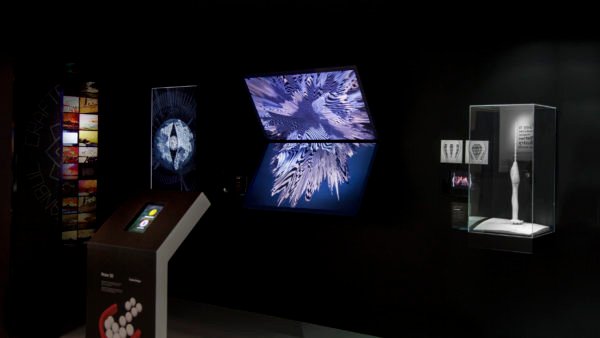
With Covid-19, we all became a partner in the digital world. We spent the time when our events were accessible from digital platforms, the transfer of information faster than ever before, and we could do many things at once. As Kerim mentioned, we have made the digitalization that we will pass in 5-10 years in a very short time. This process taught me to make quick decisions or to stop and wait. We don’t know what behavior is good yet, because we are at the moment when we expect the norms to be normal.
I can say that the results of our common virtual experiences in Covid-19 are the ones that will lead us to knowledge and create the norms. Therefore, I think that new normals will be the days when we will try to store the correct information and store dozens of digital permissions that we leave on the internet.
